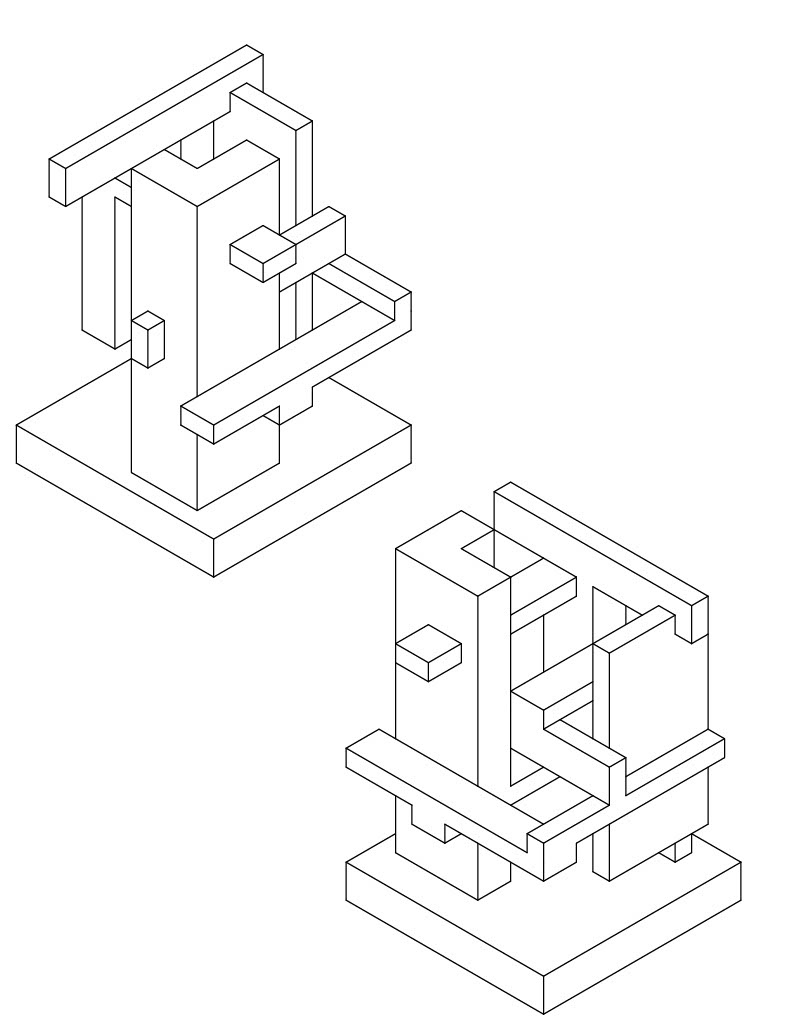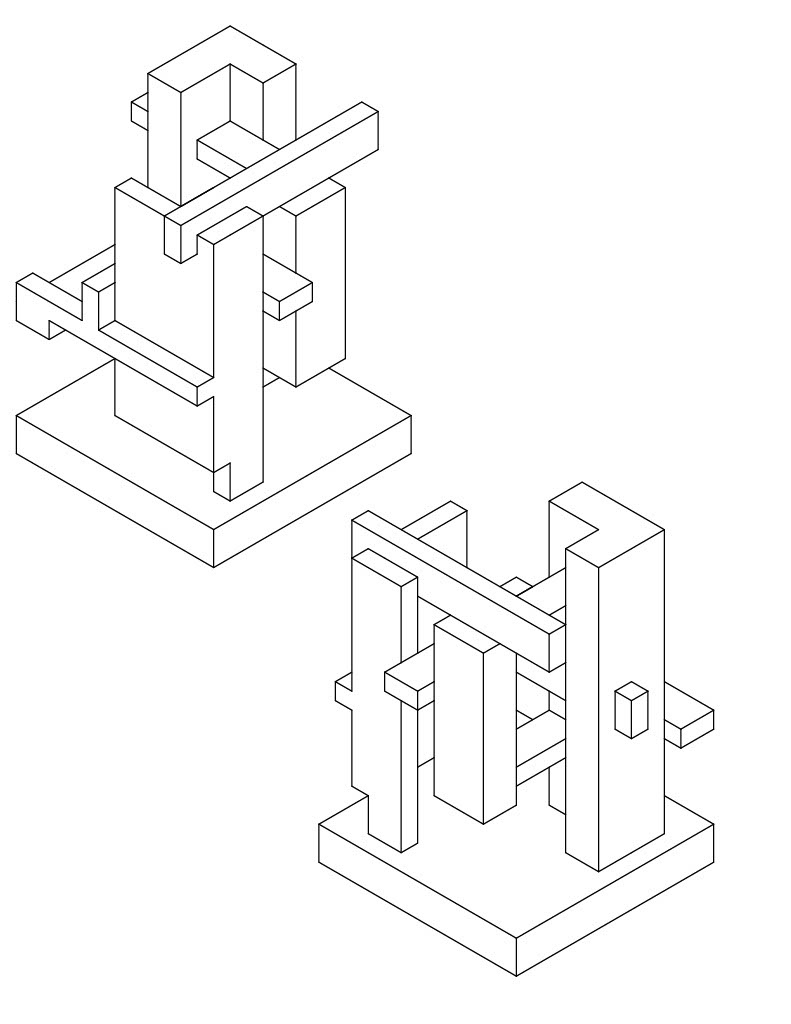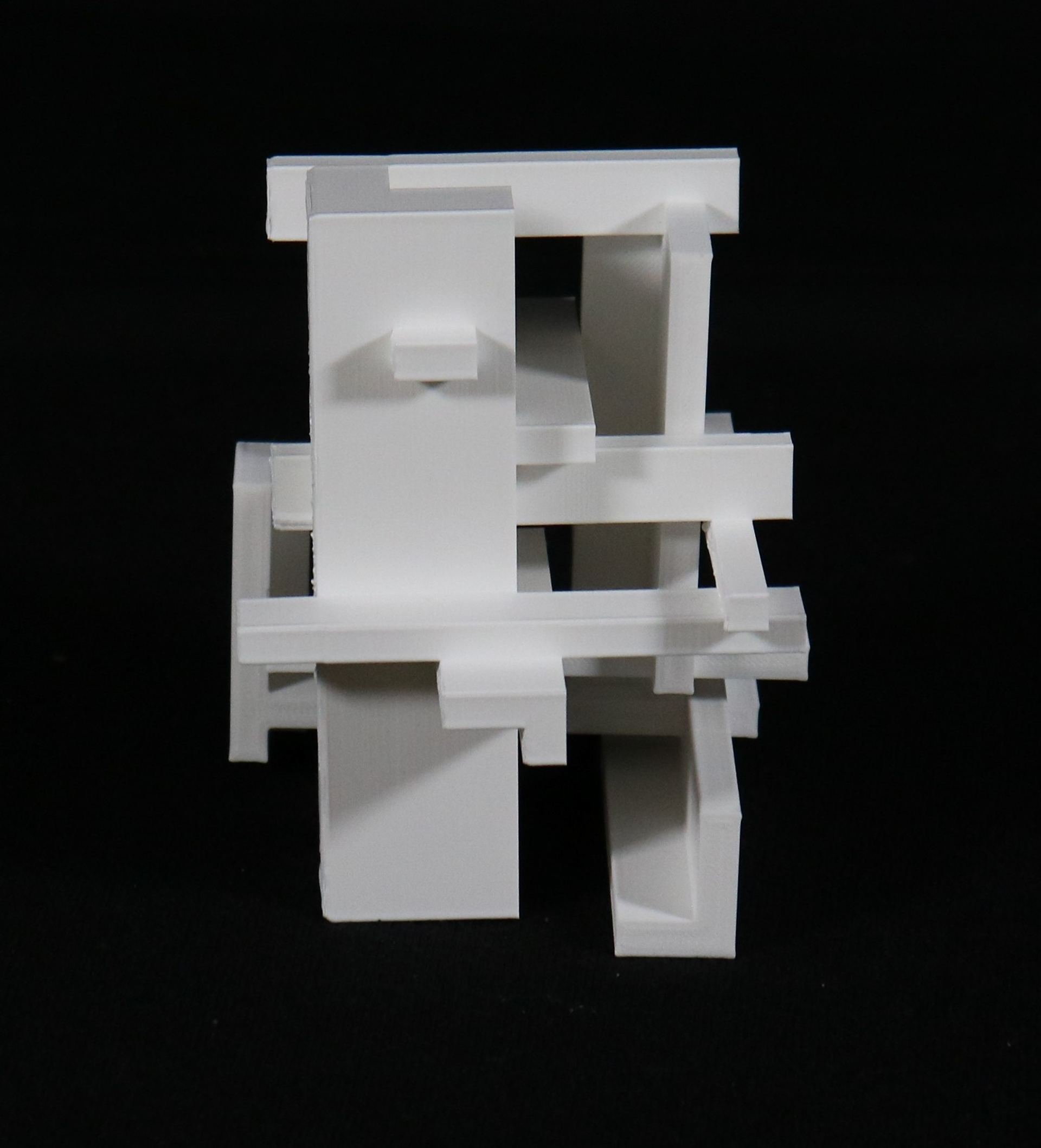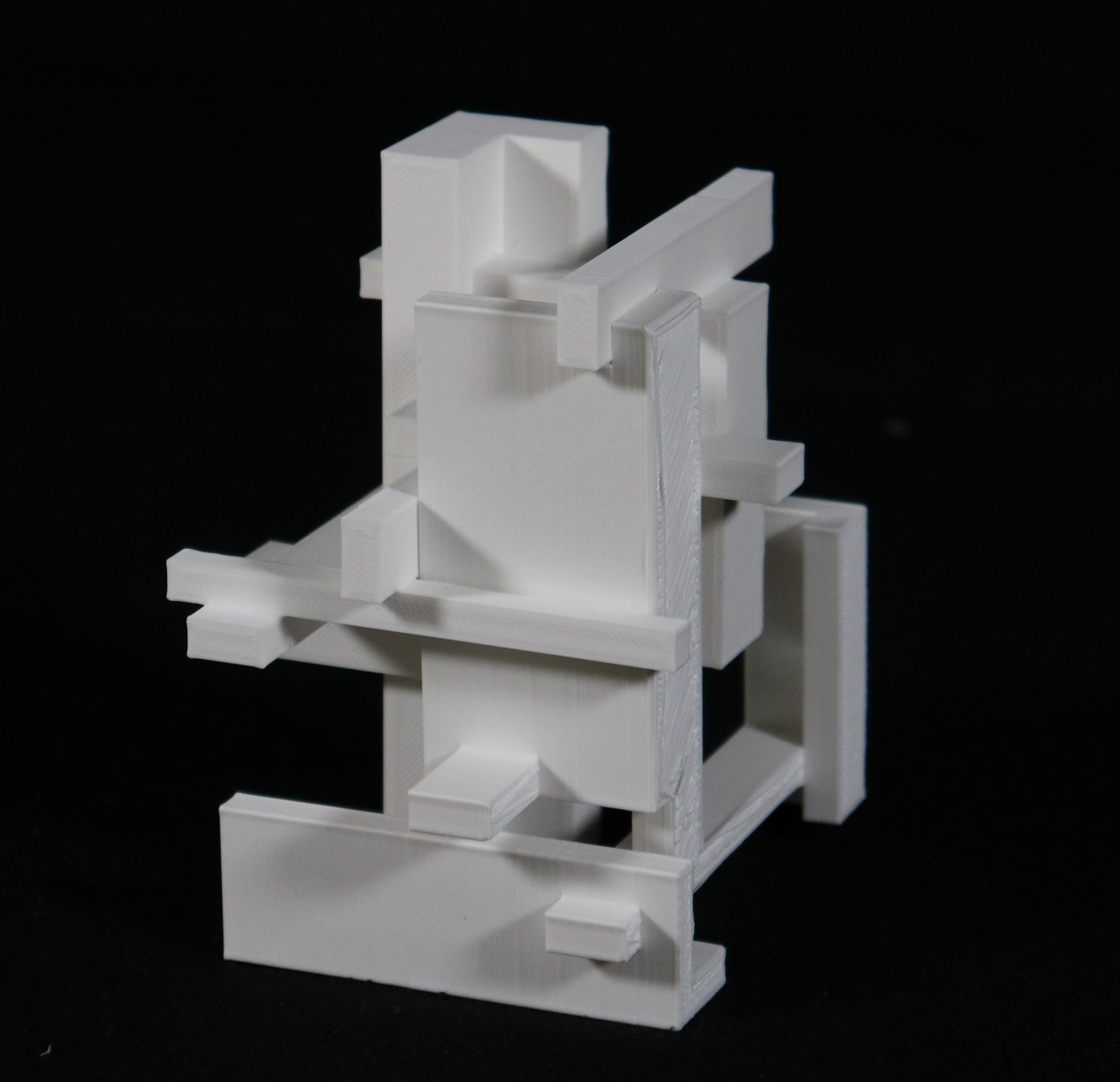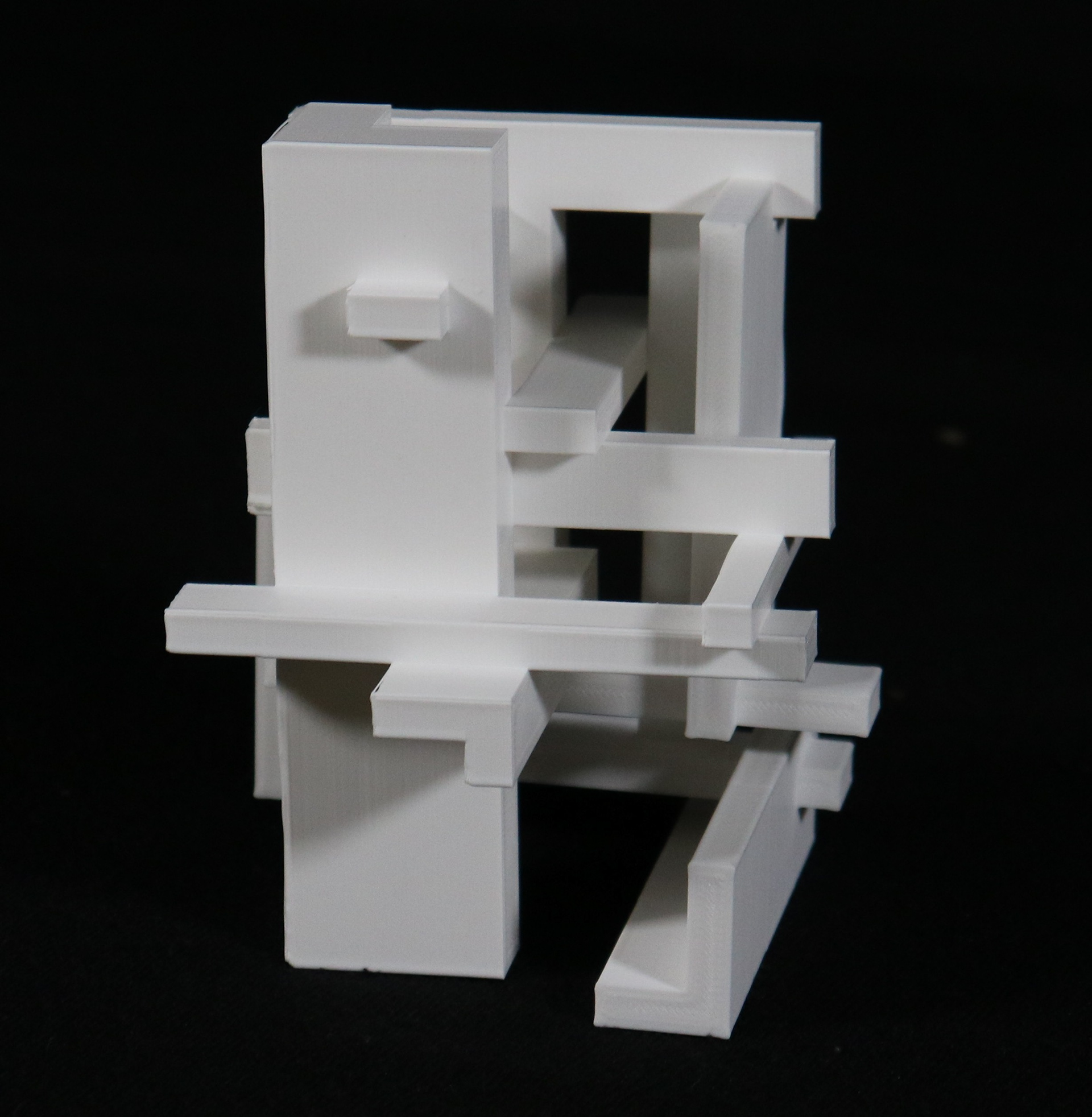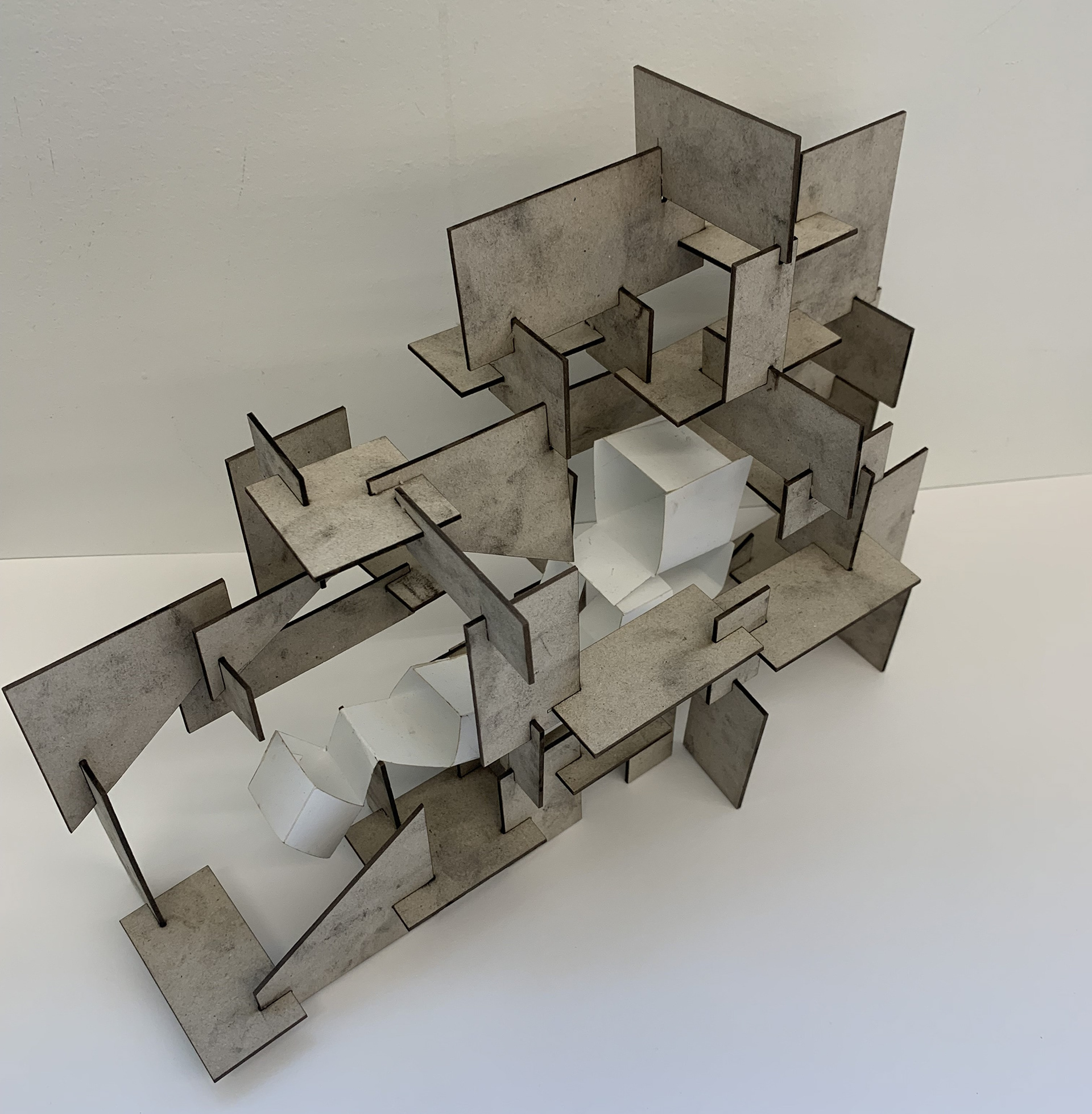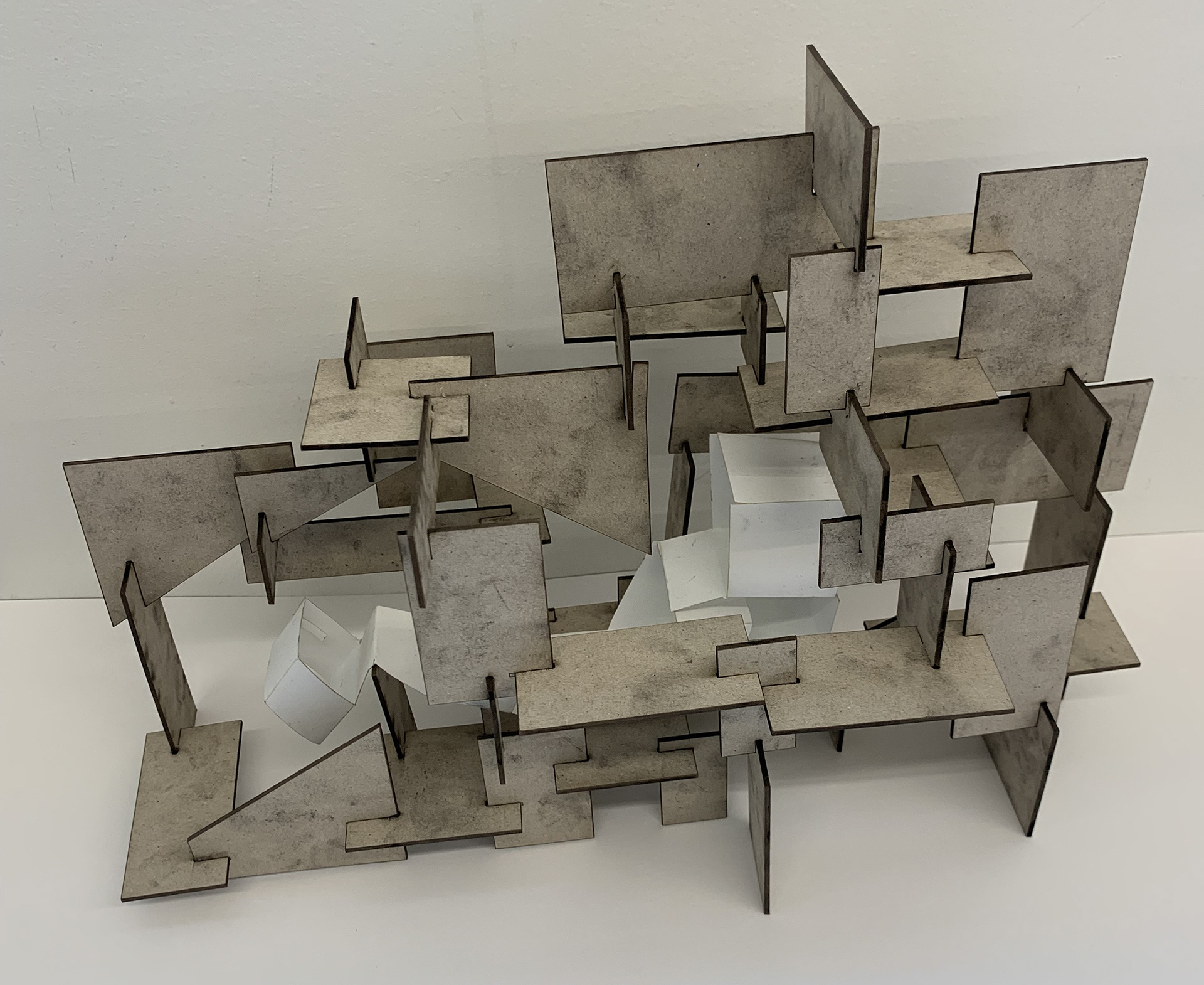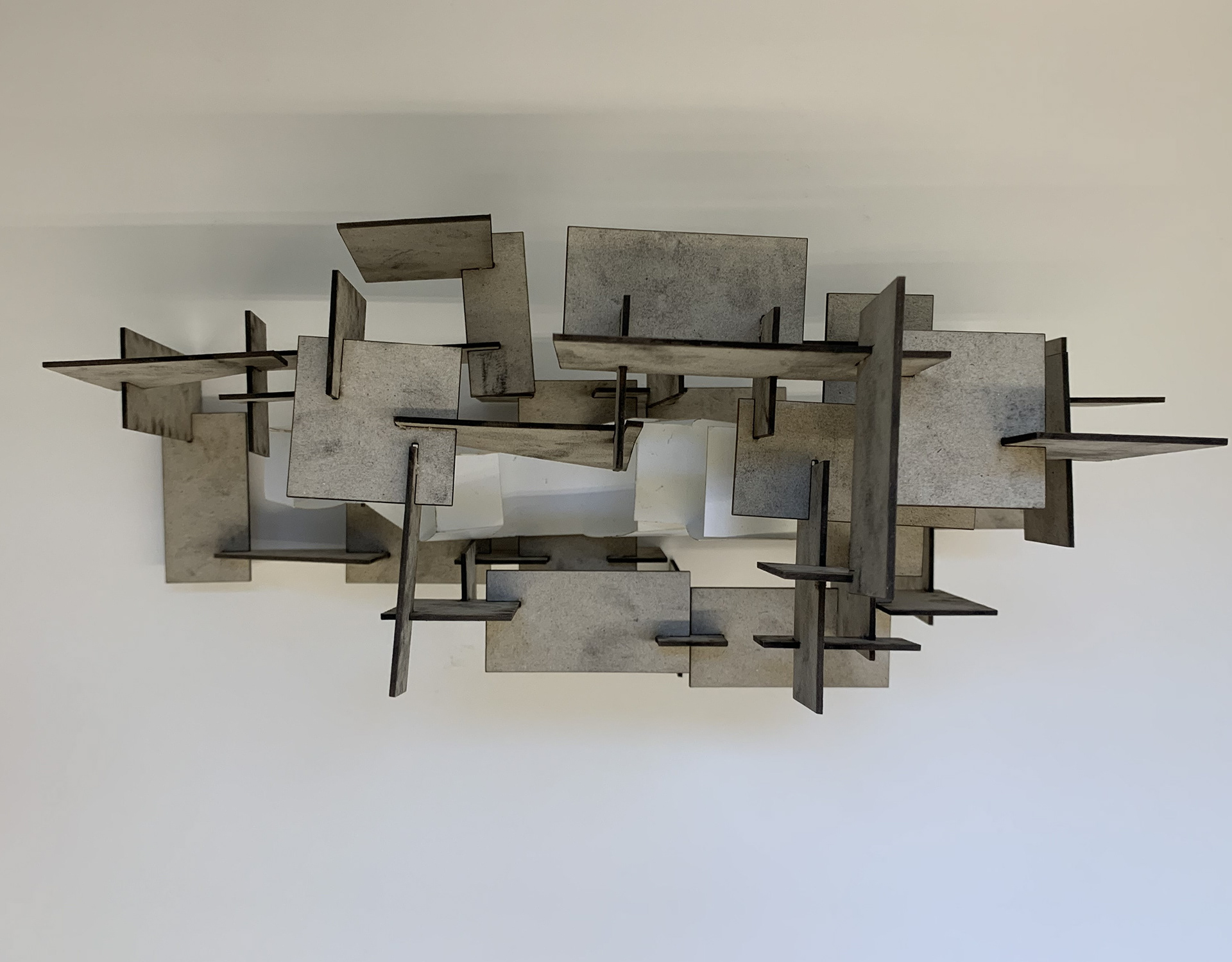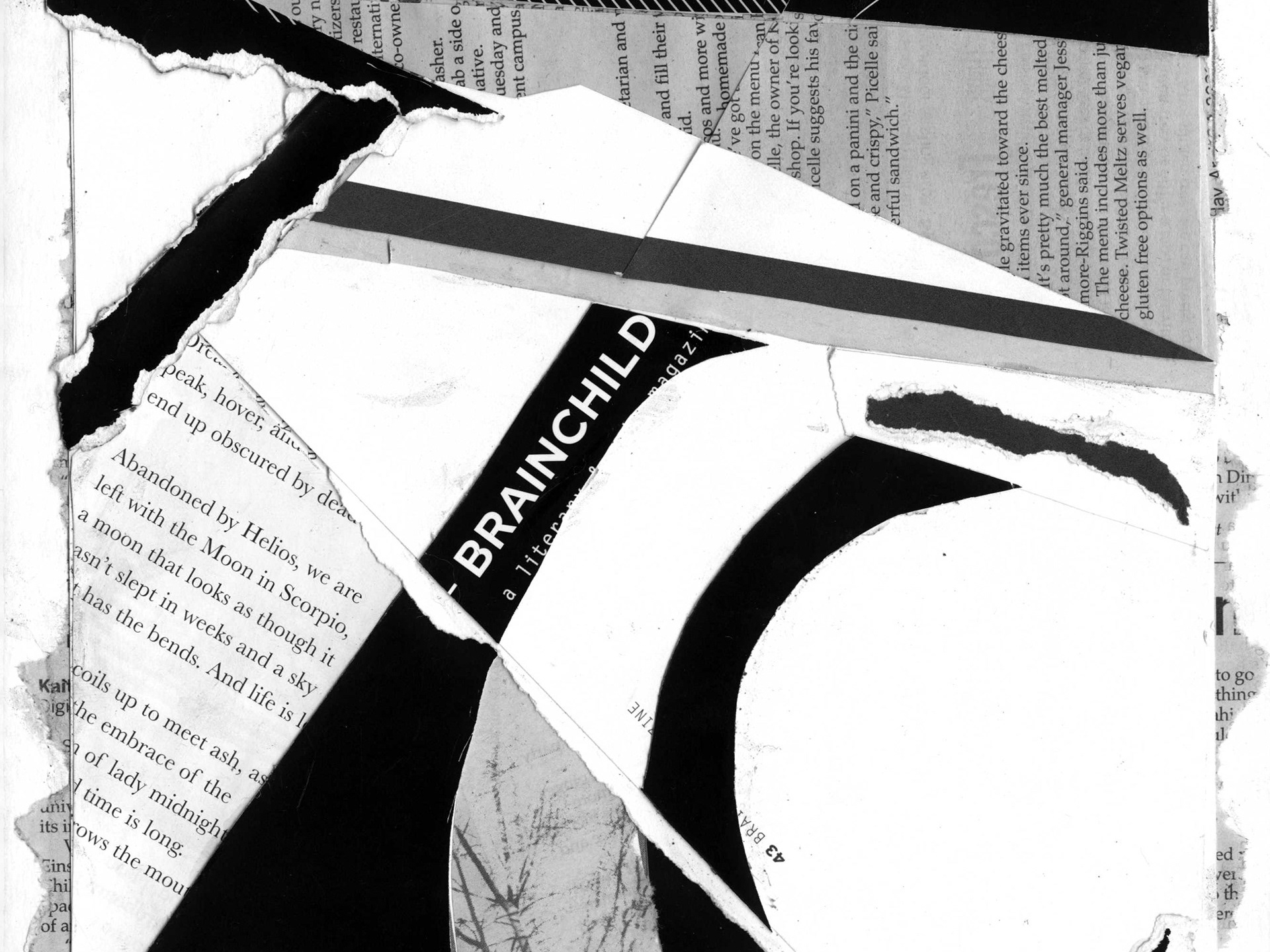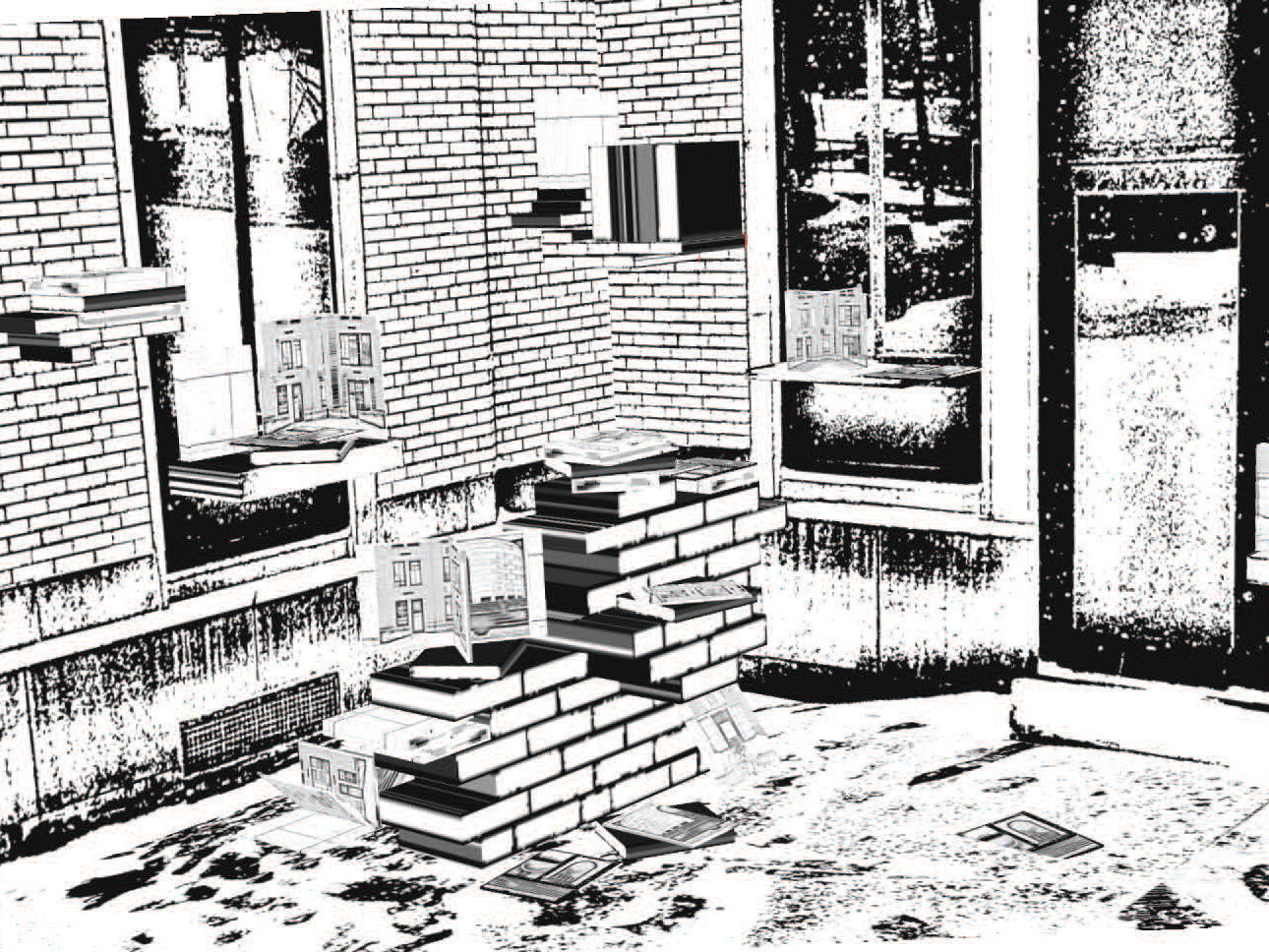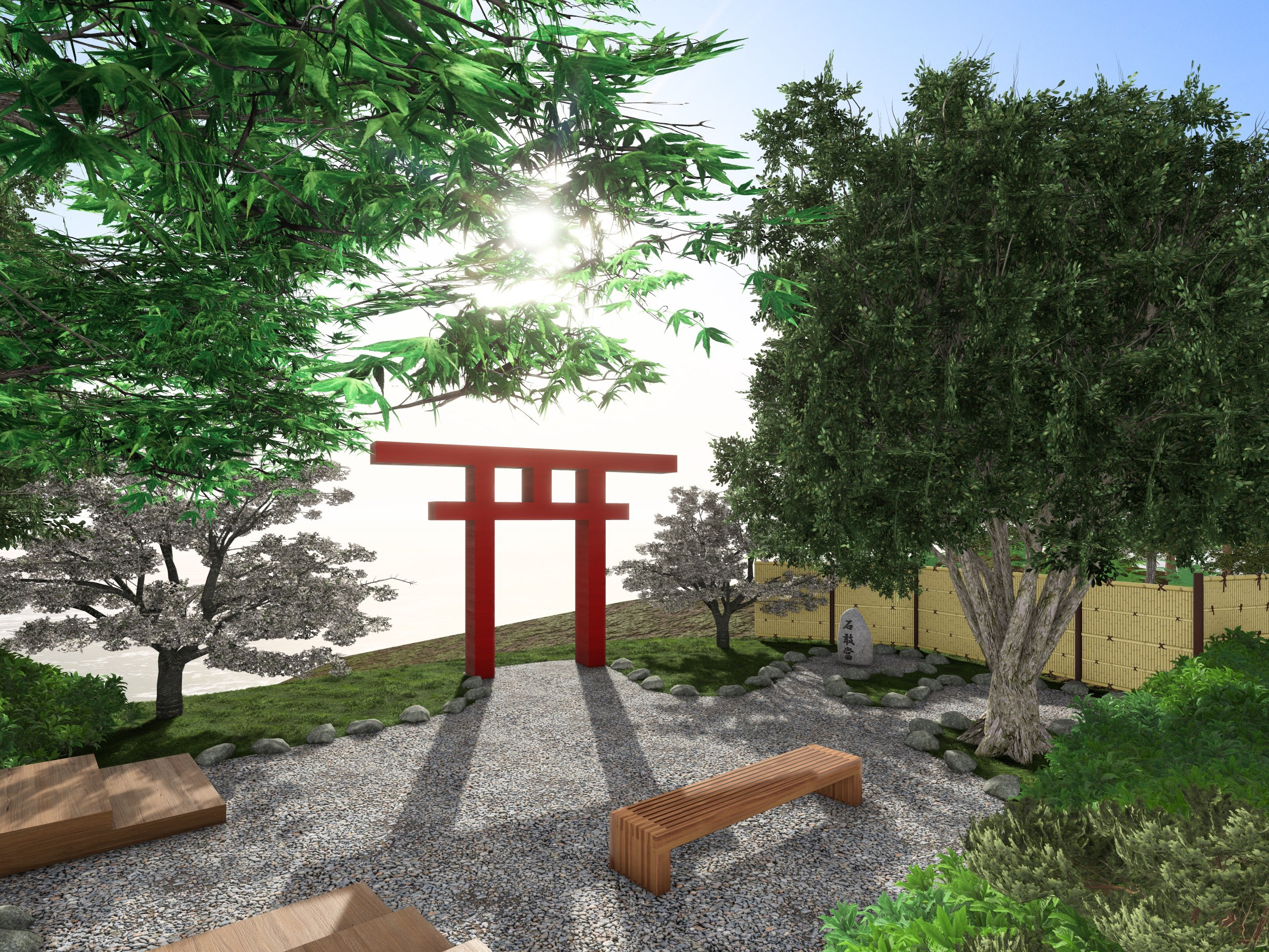This specific project explored the relationships between relic and reliquary. My precedent studies on Johannes Hoog, the De Stijl movement, and Constructivist movements significantly influenced my understanding of what constitutes an object. The De Stijl movement emphasized "lines, squares, and rectangles in primary colors", while the Constructivist movement focused on "stripped-down geometric forms and modest materials". These movements inspired Hoog to create simple geometric sculptures that exude harmony and dynamism.
Drawing inspiration from Hoog's work, I aimed to incorporate similar concepts into my design but with added complexity. Johannes Hoog was a Dutch sculptor who strictly worked in wooden sculptures. The wooden sculptures were designed so that no glue, nails, or other binding materials were needed. The wood blocks either slot through or rested on top of another block. In my recreation, I explored very similar traits to Hoog, but instead used 3D printed blocks. This 3d printed model consists of simple geometric shapes slotted or stacked together to form a cohesive whole. Despite its apparent simplicity, this model is deceptively intricate. This project helped me understand that an object can be composed of multiple smaller objects, each contributing to the overall form.
The next phase of the project involved exchanging objects with another student and creating a field that would support their object. Analyzing my peer's relic, which was designed to create containers or spaces through various folds, led me to a significant realization. Her object, though seemingly lackluster and simple, was crafted from a single sheet of paper, cut and folded to form a complex relic. In response, I aimed to create a field that would both highlight and surround her object, enhancing its complexity and dynamism.
My concept for the field was influenced by my research on the De Stijl movement. I constructed it using rectangles of varying scales, positioned both horizontally and vertically, allowing them to slot together without the need for glue. This design choice not only simplified the construction process but also gave the field a puzzle-like quality. The result, as shown in the second set of images, was a field that was both complex and visually pleasing. The central design represents the object, while the surrounding rectangles form the field. This project solidified my understanding of the purpose of a field: to complement and enhance the object it surrounds.
